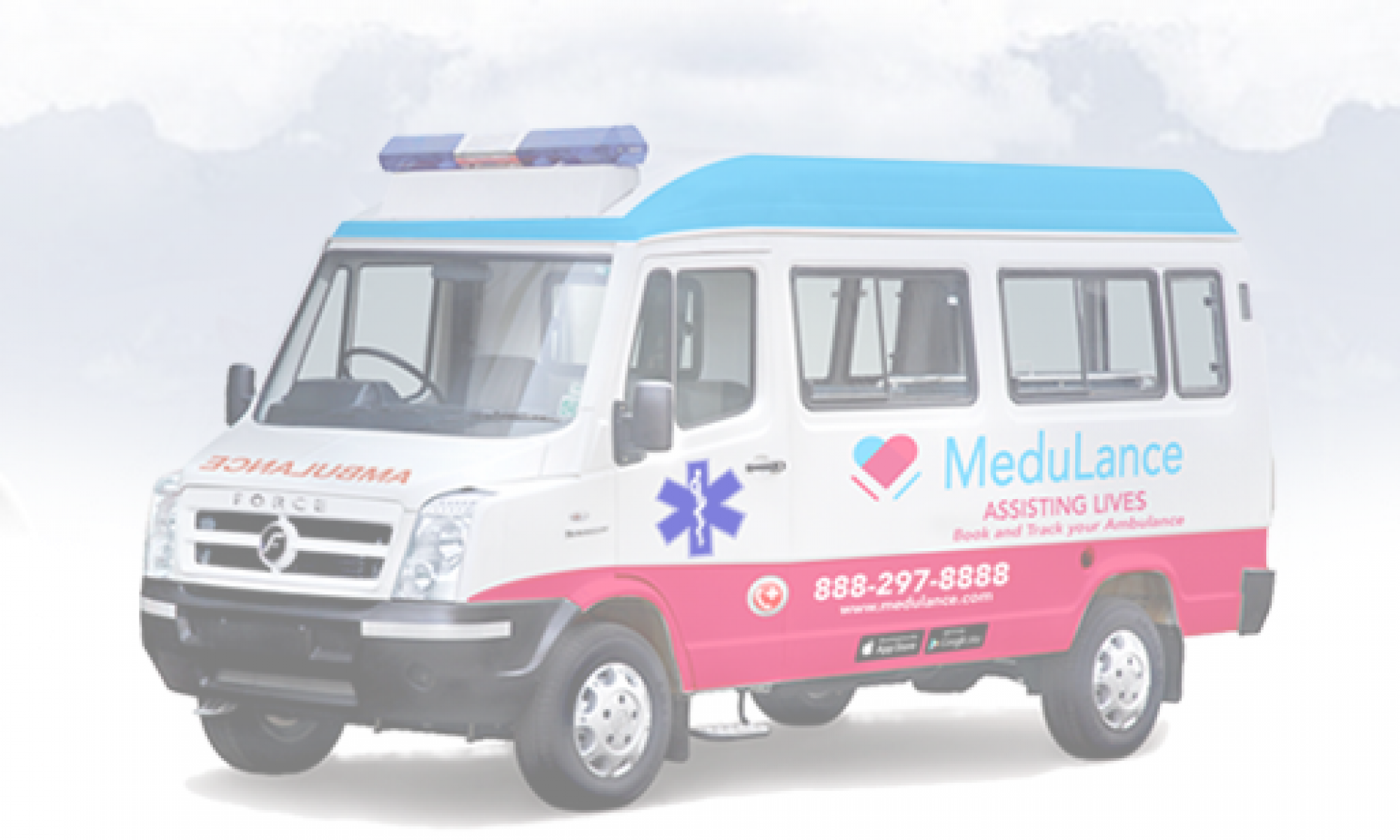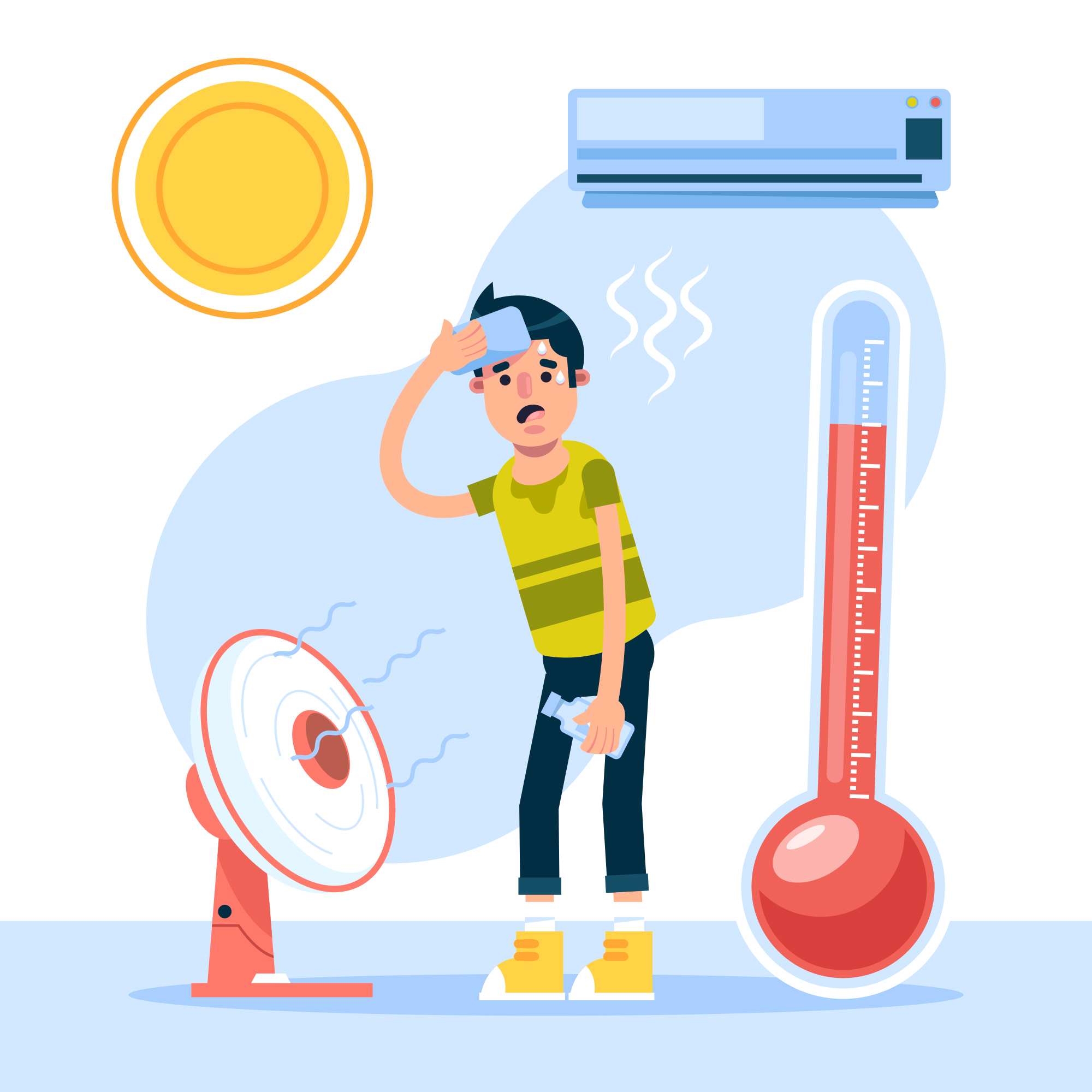Summer is around the corner, and so is the sweltering heat. While we all love to bask in the sun, prolonged exposure to high temperatures can lead to heat exhaustion or even worse, heat stroke. But fear not! With a little bit of caution and these summer wellness tips, you can beat the heat and stay cool as a cucumber. So, grab your sun hats and shades, and let’s dive in!
What is Heat Stroke?
Heat stroke is a severe medical emergency that happens when the body overheats and can no longer cool itself down properly. It can be caused by prolonged exposure to high temperatures or strenuous physical activity in hot and humid conditions. Symptoms include a high body temperature, rapid heartbeat, rapid breathing, confusion, and loss of consciousness. Immediate medical attention is required to treat heat stroke to avoid serious complications or even death.
Causes and Symptoms of heat stroke
Causes of heat stroke:
- Exposure to high temperatures:
- Dehydration:
- Strenuous physical activity:
- Certain medications:
- High body temperature (above 40 degrees Celsius)
- Rapid heartbeat
- Rapid breathing
- Headache
- Dizziness
- Confusion or disorientation
- Nausea or vomiting
- Seizures
- Loss of consciousness
- Hot, dry skin with no sweat
- Stay hydrated:
- Dress appropriately:
- Stay cool indoors:
- Utilize sunscreen:
- Limit physical activity:
- Seek shade:
- Take breaks and rest:
- Keep your living environment cool:
- Be mindful of medications:
- Stay informed of weather conditions:
Prolonged exposure to hot temperatures, especially in combination with high humidity, can cause heat stroke.
Failure to drink enough water or other fluids can lead to dehydration, making it harder for your body to regulate its temperature.
Engaging in strenuous physical activity, especially in hot and humid conditions, can cause heat stroke.
Certain medications, such as diuretics, antihistamines, and beta-blockers, can increase your risk of heat stroke.
Symptoms of heat stroke:
Prevention of heat stroke
Prevention of heat stroke involves taking proactive measures to protect yourself from excessive heat and staying hydrated. Here are some tips to help prevent heat stroke:
Drink plenty of water and fluids throughout the day, even if you don’t feel thirsty. Avoid extreme consumption of alcohol, caffeine, and sugary beverages as they can contribute to dehydration.
Wear lightweight, loose-fitting, and light-colored clothing that allows air circulation and helps reflect and sunlight. Use a wide-brimmed hat and sunglasses to protect yourself from the sun.
If possible, stay indoors during the hottest parts of the day, especially during heatwaves. Use air conditioning, and fans, or take cool showers to help lower body temperature.
Apply sunscreen with a high SPF to shield your skin from harmful UV rays. Sunburn can affect your body’s ability to cool down effectively.
Avoid strenuous activities during peak heat hours, typically in the afternoon. If you must engage in physical activity, do it in the early morning or evening when temperatures are cooler.
When outdoors, seek shade or create your shade using umbrellas, canopies, or sunshades. This helps reduce direct exposure to the sun’s intense heat.
If you are working or spending time outdoors, take frequent breaks in shaded or cool areas to rest and recover from the heat.
Use fans, air conditioners, or other cooling systems to maintain a comfortable indoor temperature. If necessary, use wet towels or take cool showers to lower body temperature.
Some medications can increase the risk of heat-related problems. Consult with your healthcare provider about the potential effects of your medications in hot conditions.
Check weather forecasts and heat advisories regularly. Be aware of heat warnings and take necessary precautions accordingly.
Conclusion
Heat stroke is a serious condition that can be prevented by taking simple yet effective precautions. By following the guidelines, you can significantly reduce the risk of heat stroke and enjoy a safe and healthy summer. Remember, heat stroke can be a medical emergency, so it’s essential to seek immediate medical attention if you or someone else experiences symptoms. In case of an emergency, book an ambulance online via the MeduLance app. Stay cool and stay safe!

